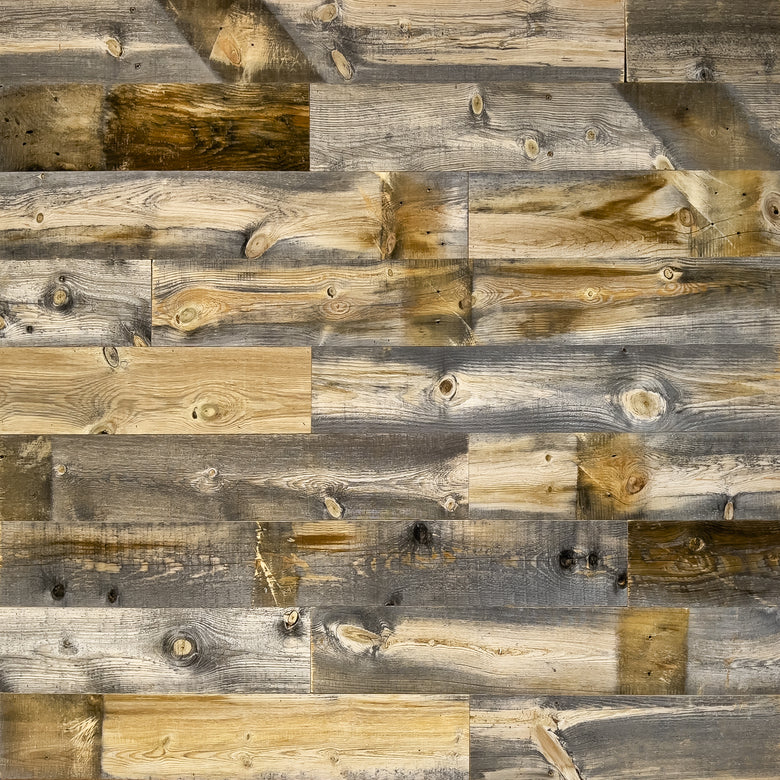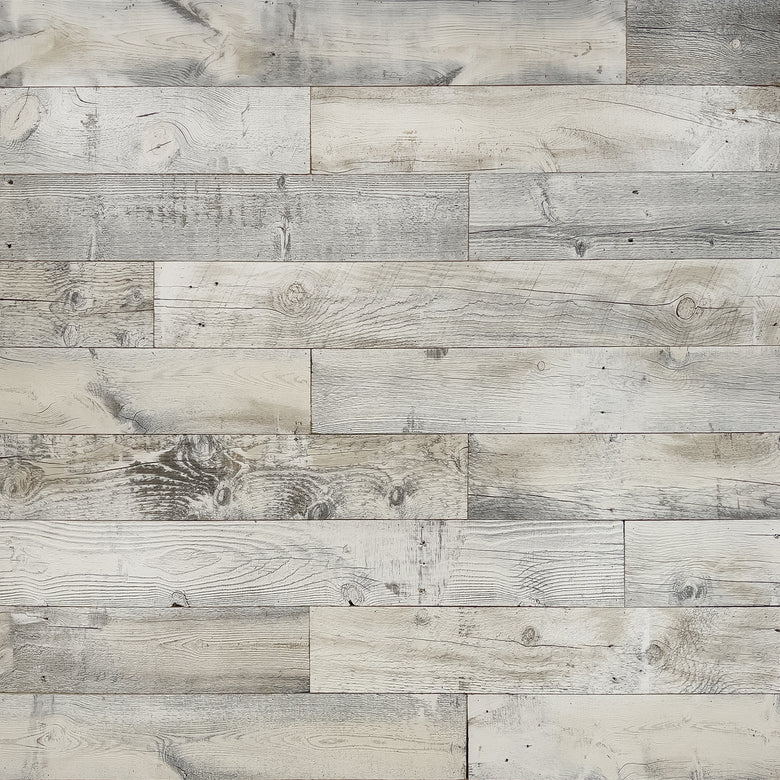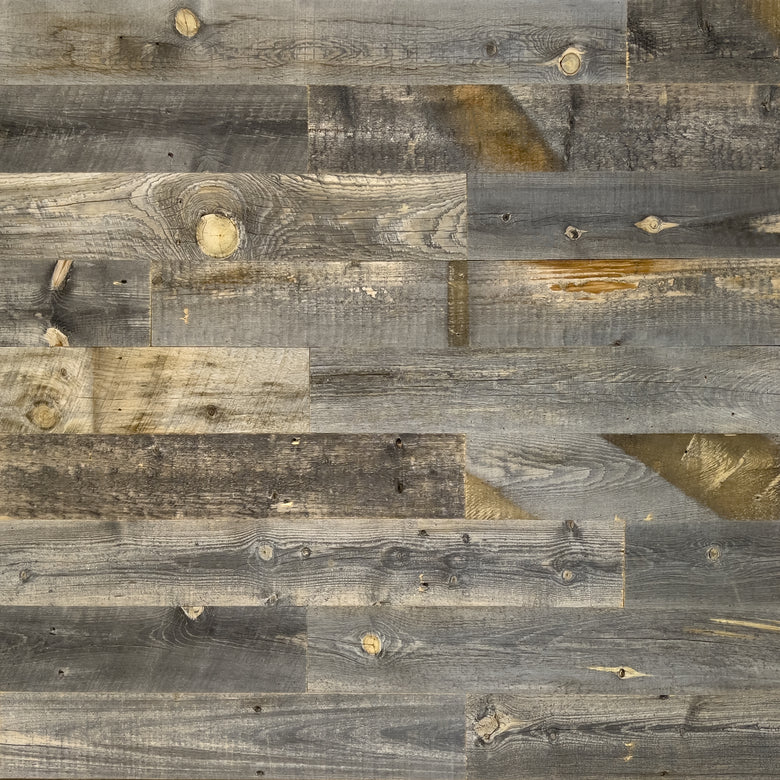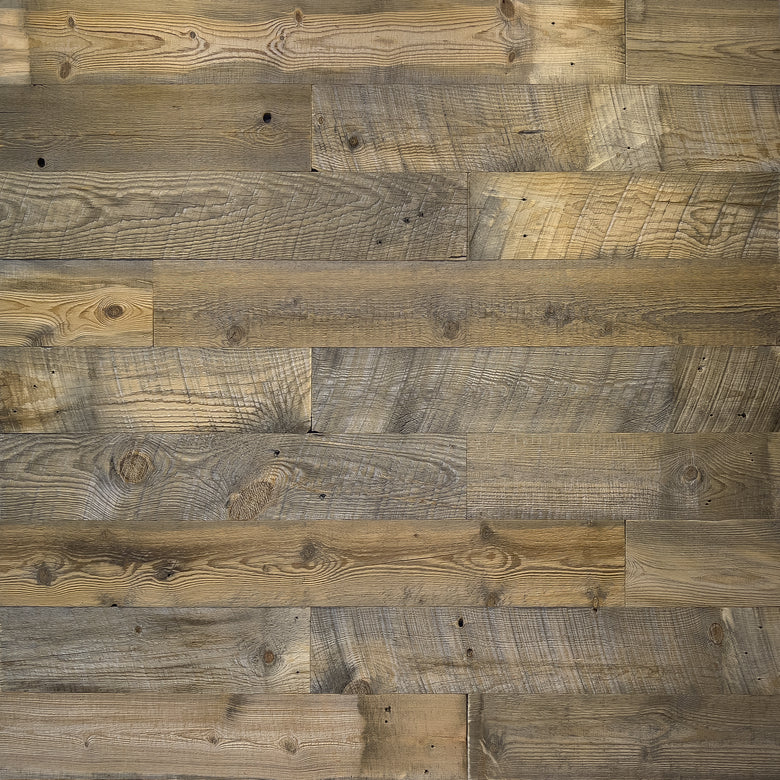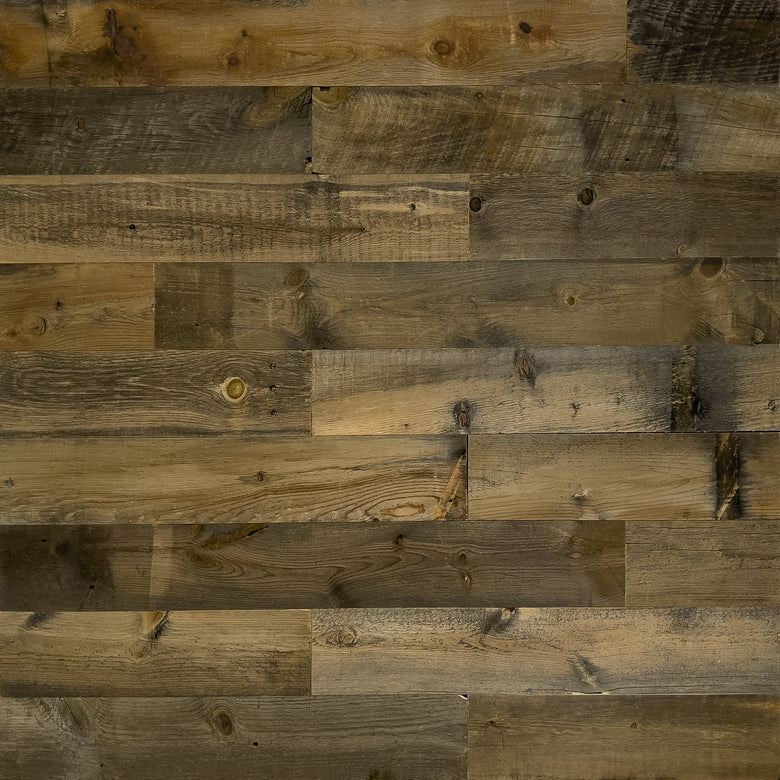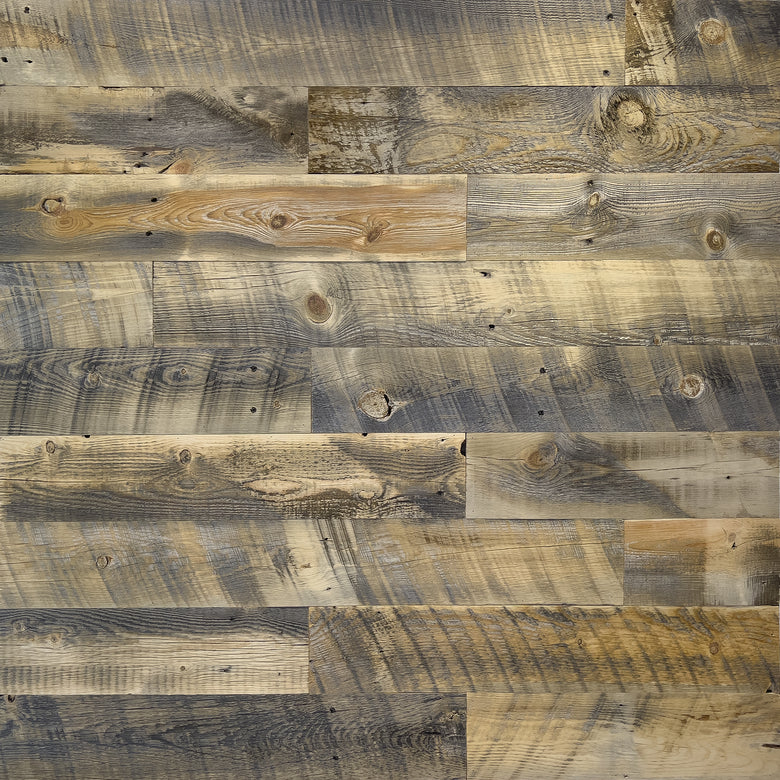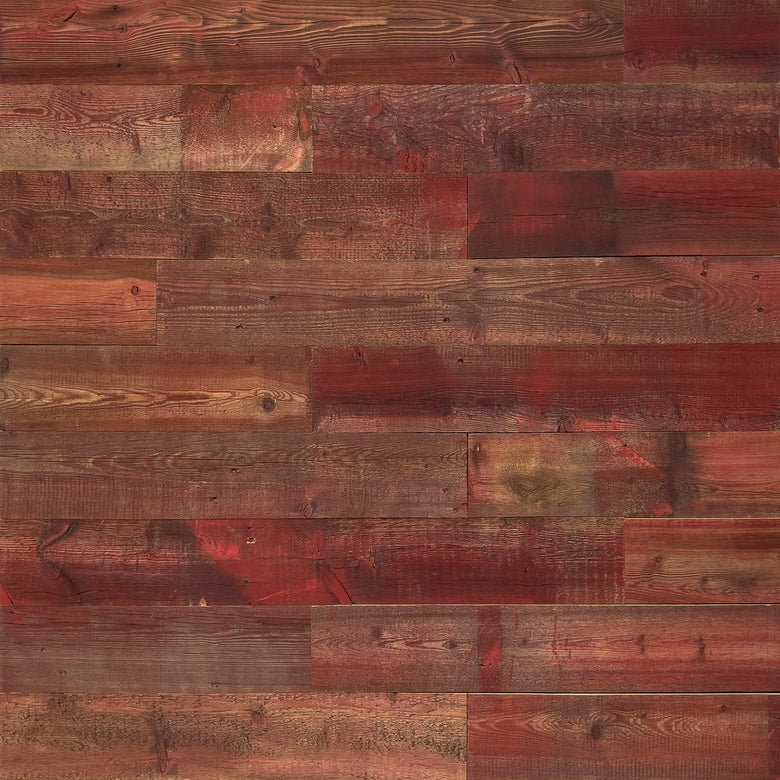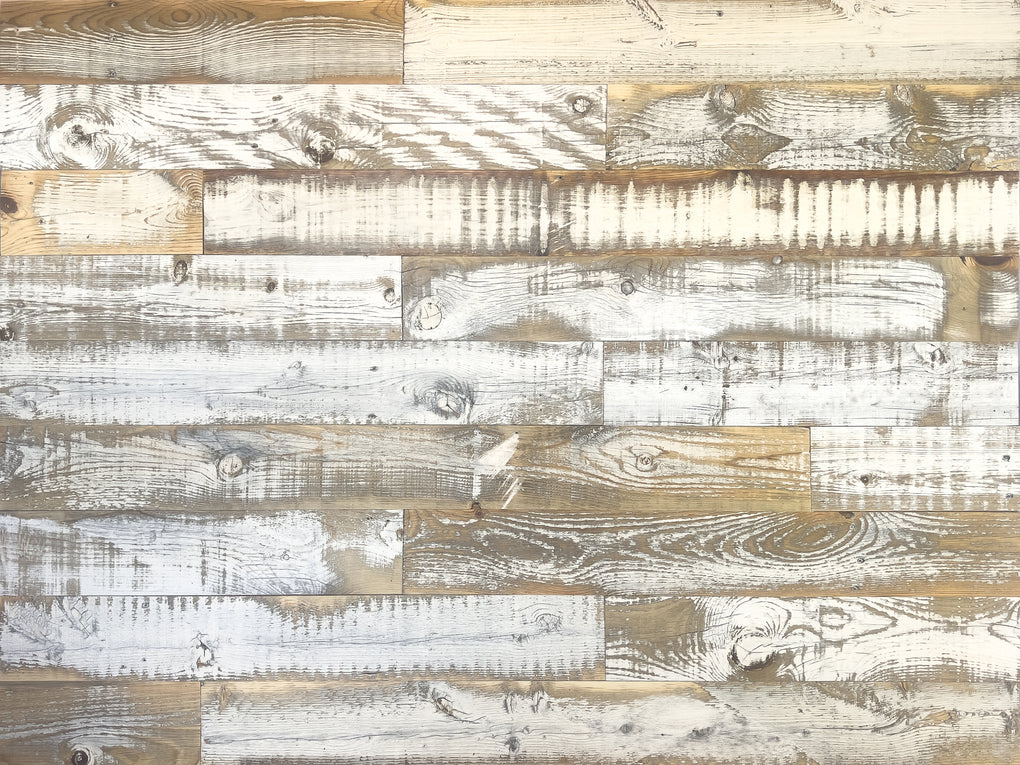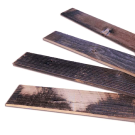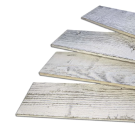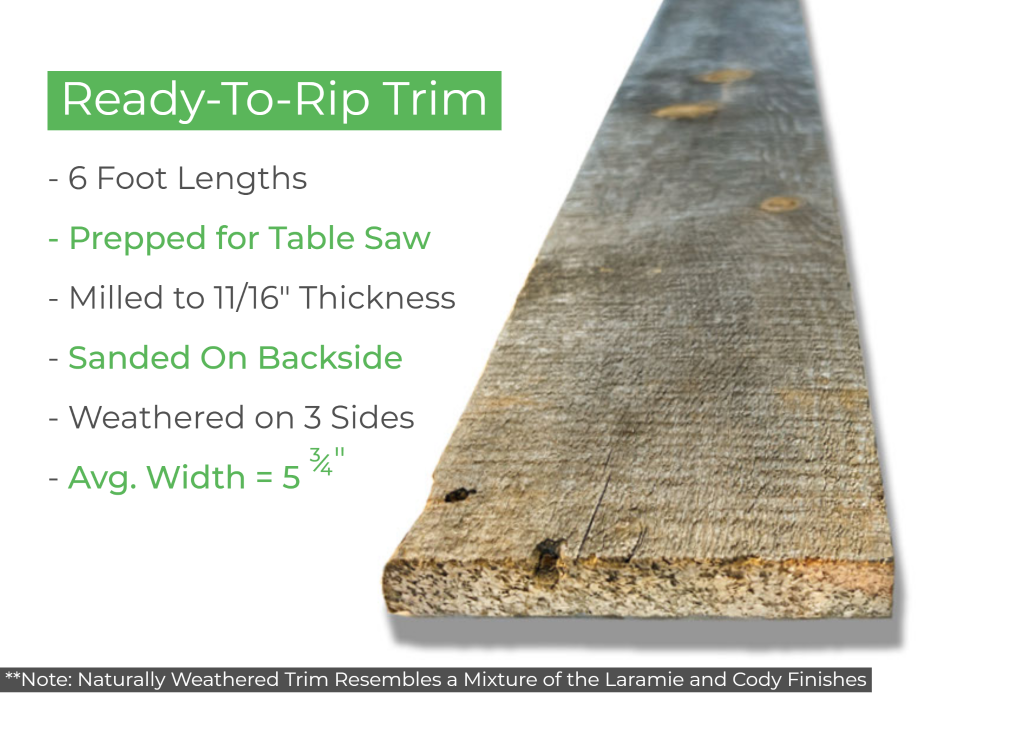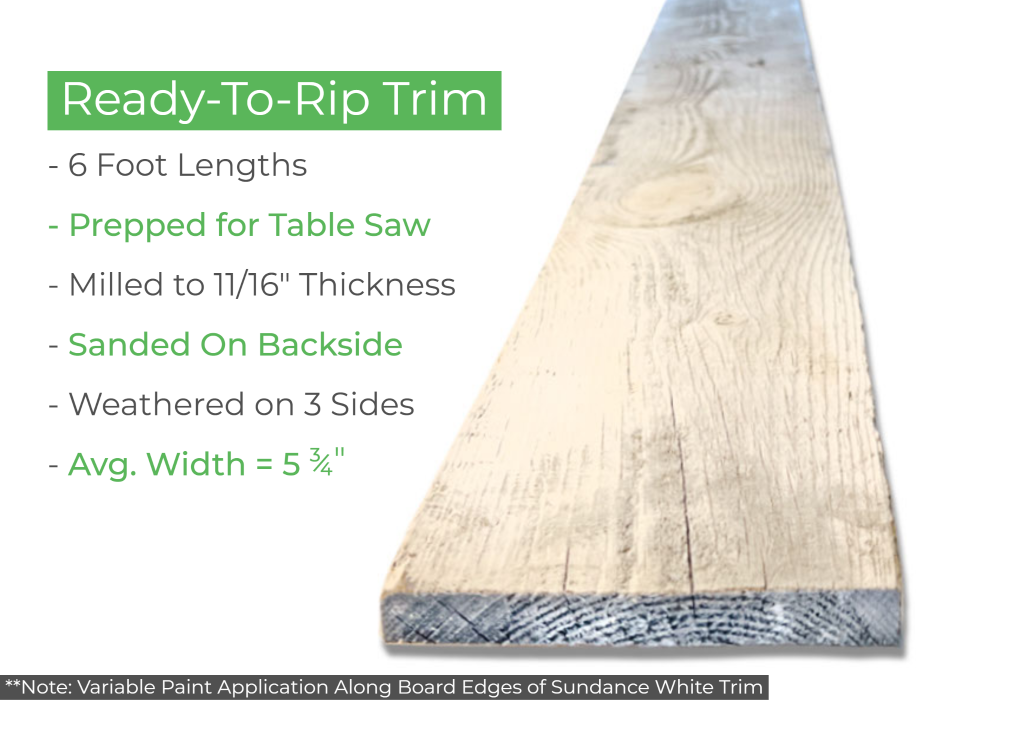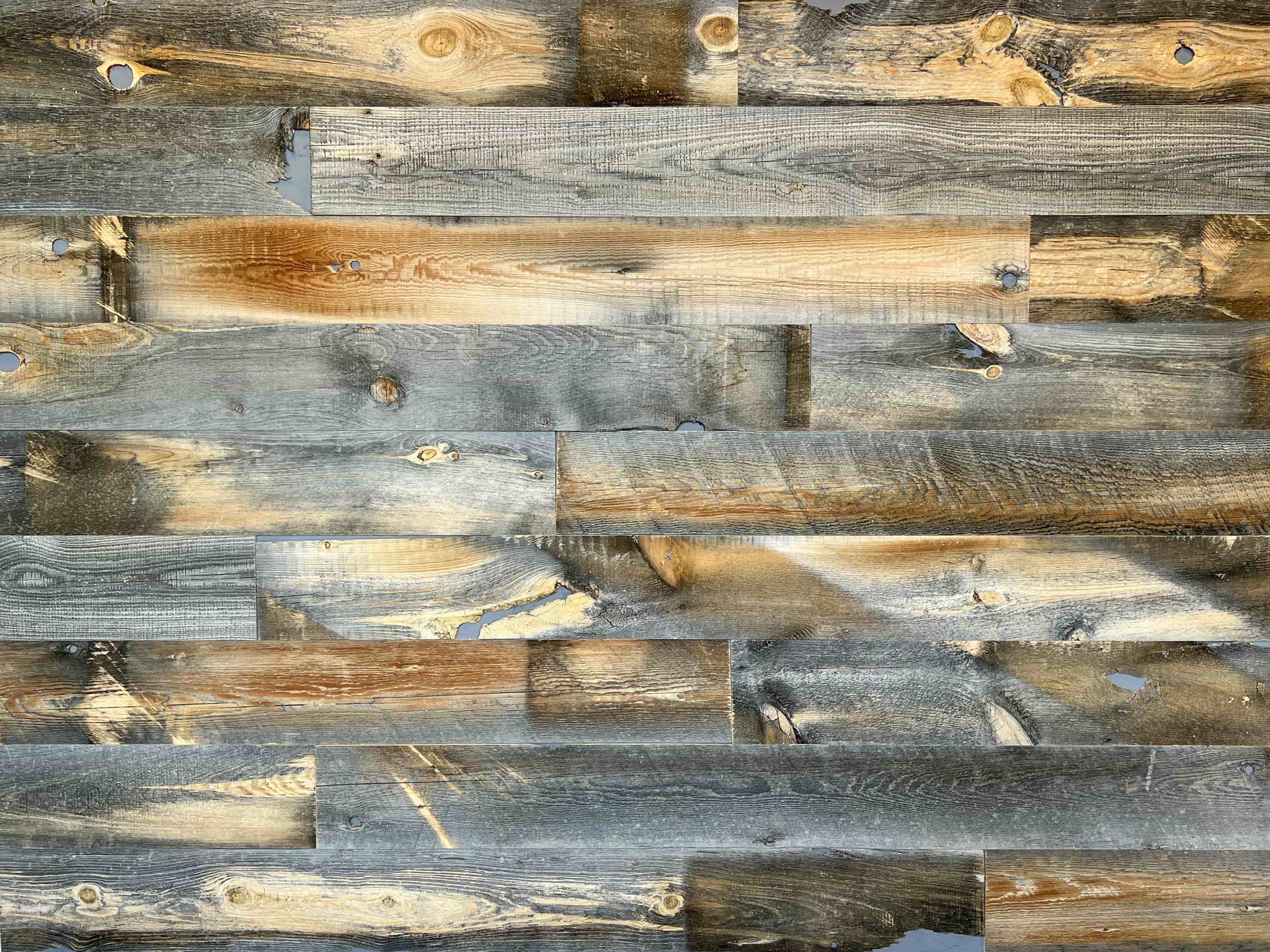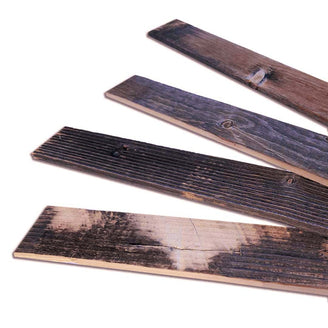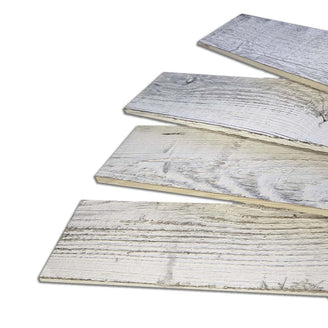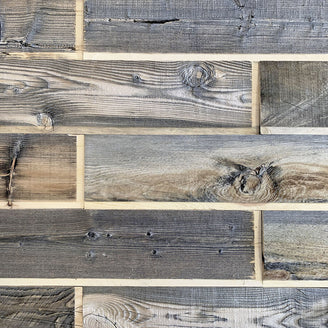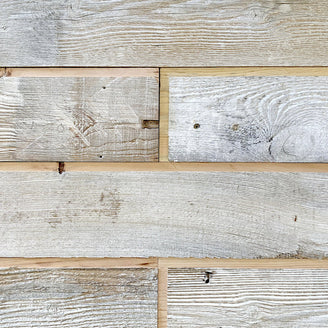Wood fireplace mantels add character and warmth to any fireplace while being environmentally responsible. These stunning focal points can be customized in various styles, from rustic fireplace mantels to modern designs, using reclaimed wood that brings authentic history into your living space.
A reclaimed wood mantel represents more than just a mantel shelf above your fireplace—it's a piece of living history that tells a unique story. These wooden fireplace mantels are crafted from timber salvaged from historic buildings, barns, or structures, with each piece carrying its own distinct weathering patterns and character marks developed over decades of use. The natural wood's aging process creates deep patinas and rich coloring that simply can't be replicated with new materials.
Rustic wood mantels combine both form and function, offering an environmentally friendly way to add architectural interest to your living room. Whether you're drawn to their rustic look or their eco-friendly nature, you'll learn everything needed to make an informed decision about incorporating a reclaimed wood mantel into your fireplace design.
Choosing the Right Reclaimed Wood
Types of Reclaimed Wood for Mantels
Reclaimed wood mantels come in a few main varieties, each with distinct characteristics. Barn wood offers deep weathering patterns and rich color variations from decades of natural aging. The wood often displays nail holes, knots, and other marks that tell its history. Snow fence wood, sourced from Wyoming's high plains, provides consistent weathering and a naturally silver-gray patina from years of sun and wind exposure.
Wood Characteristics to Consider
When selecting a rustic fireplace mantel, examine the color variations and patinas carefully. Most wood mantel pieces range from weathered grays to warm browns, with some featuring blonde or cinnamon undertones. At Centennial Wood we offer the classic wood tones, as well as more niche colors, such as whitewash, dark brown, blonde tones, skip-planed patina and more. The natural texture varies from subtle patterns to pronounced grooves and ridges, depending on the wood's origin and exposure. Natural elements might include saw marks, grain patterns, and character marks that add visual interest. These surface qualities will be highlighted once the wooden fireplace mantel is installed above your fireplace.
Size and Dimension Guidelines
Standard mantel measurements typically span 48-72 inches long, 6-8 inches high, and 6-10 inches deep. For proper scale, the mantel shelf should extend at least 6 inches beyond the firebox opening on each side. When planning custom sizing, factor in the living space dimensions and fireplace proportions—larger rooms and fireplaces can handle bigger mantels. Most reclaimed wood mantels can support 50-100 pounds when properly mounted, making them suitable for displaying décor and holiday arrangements.



